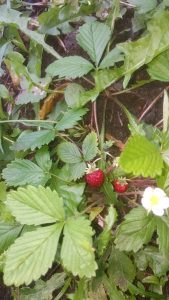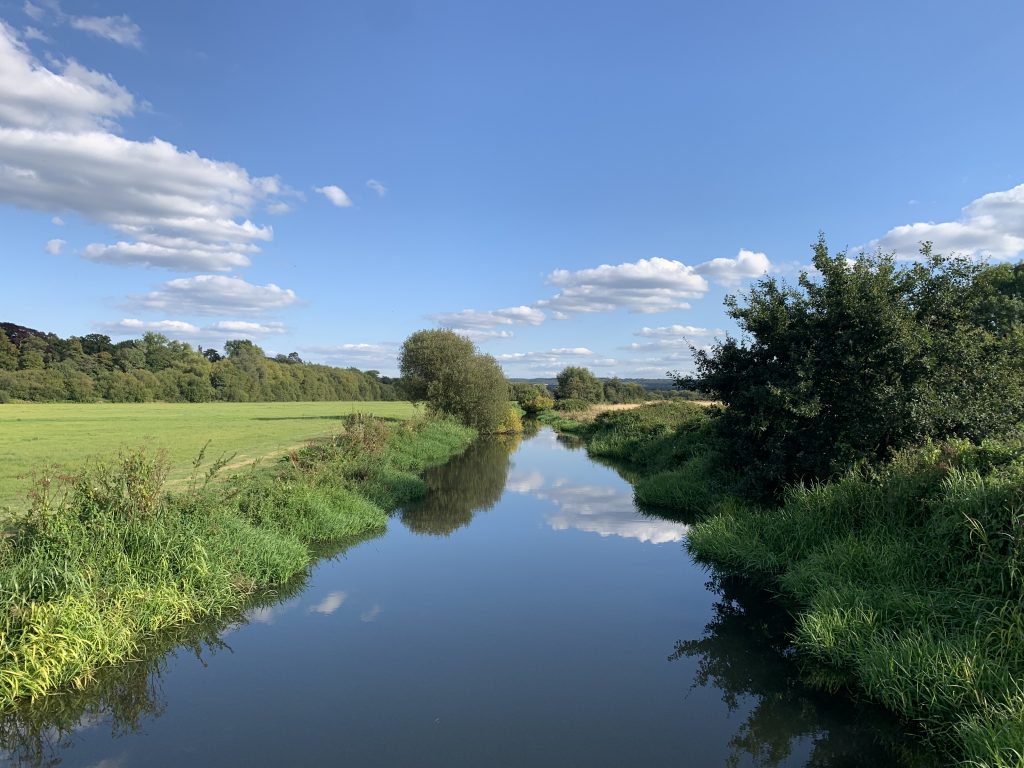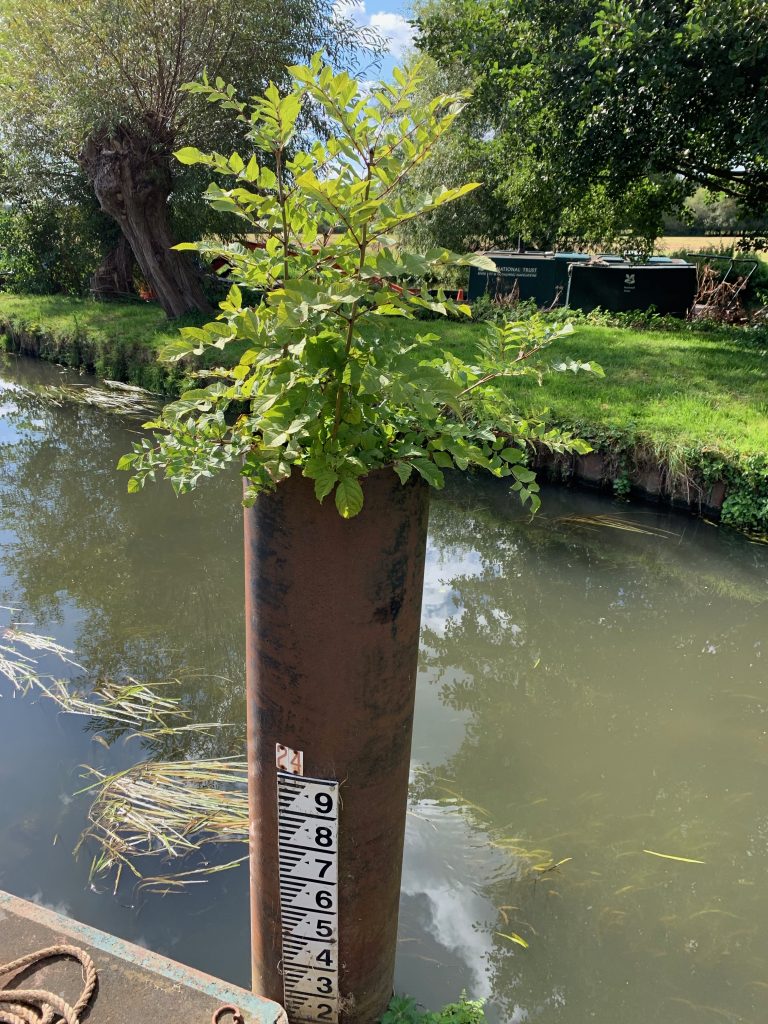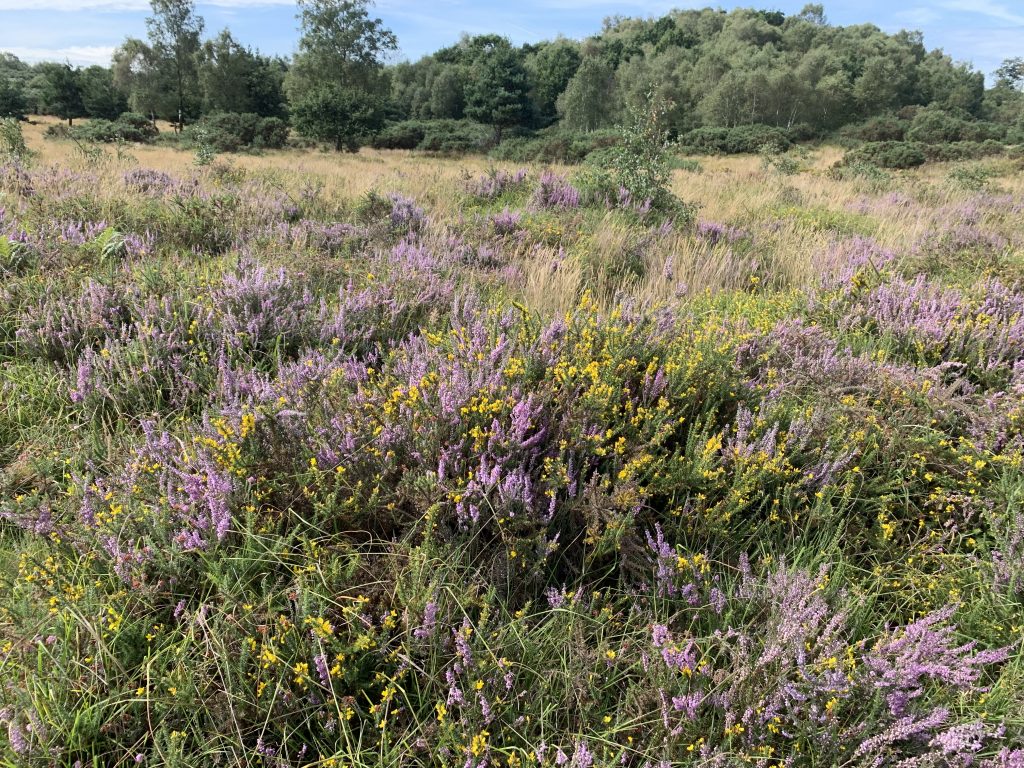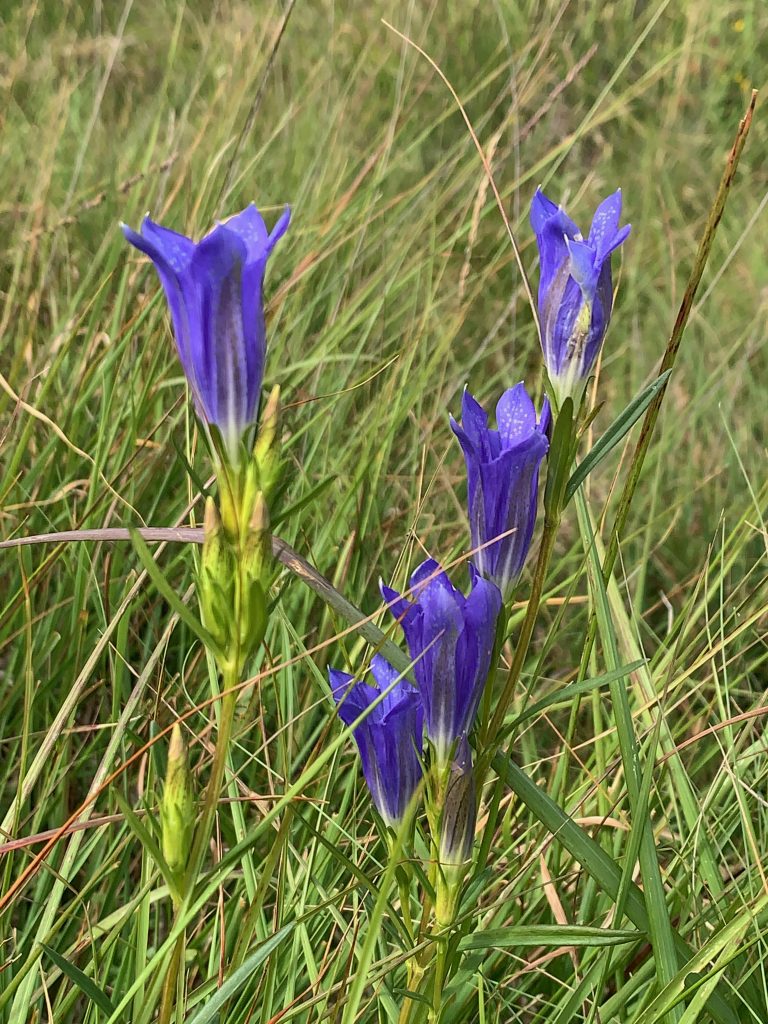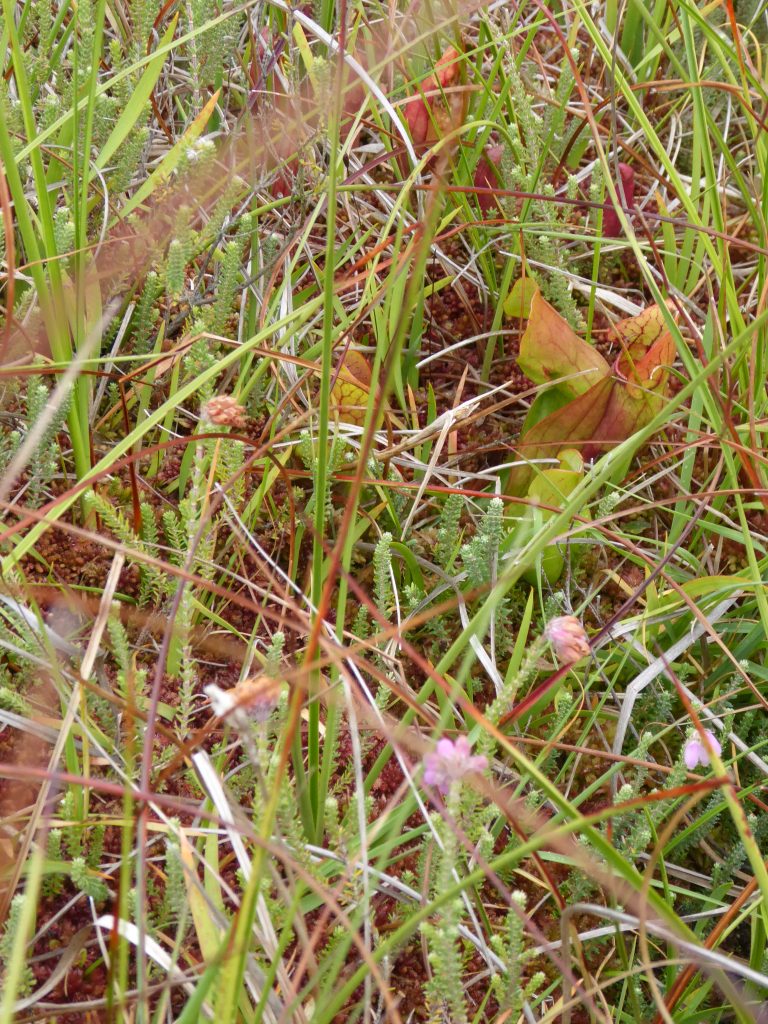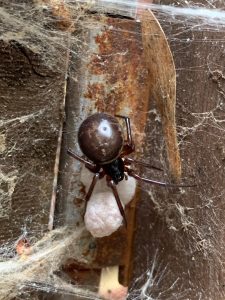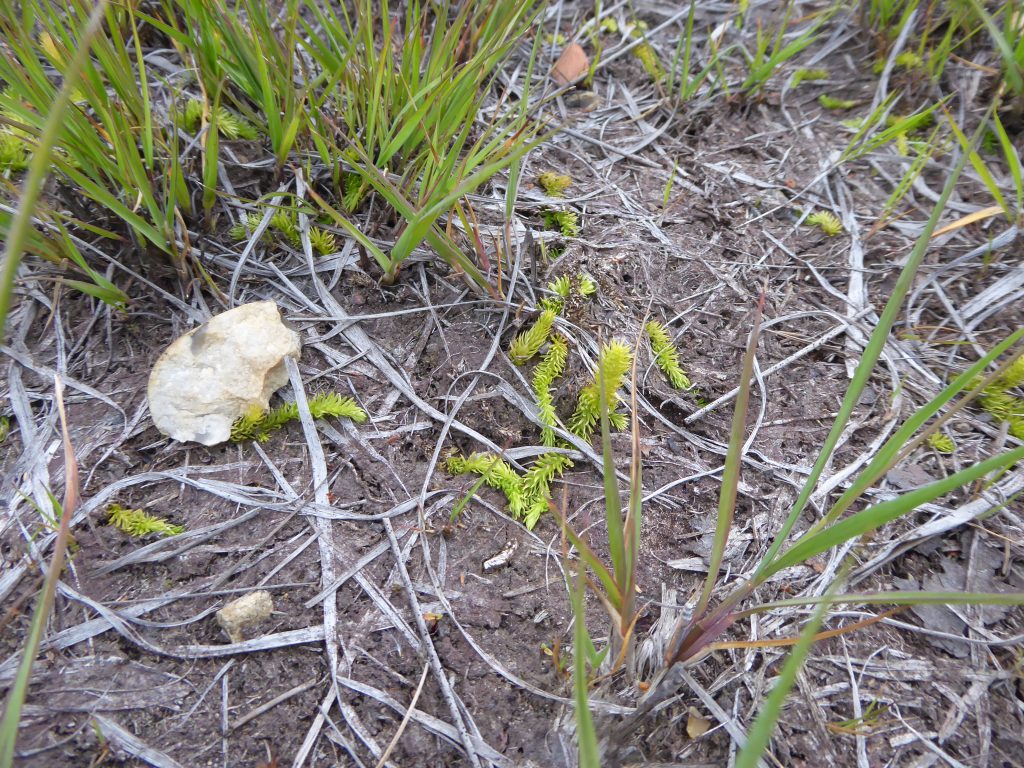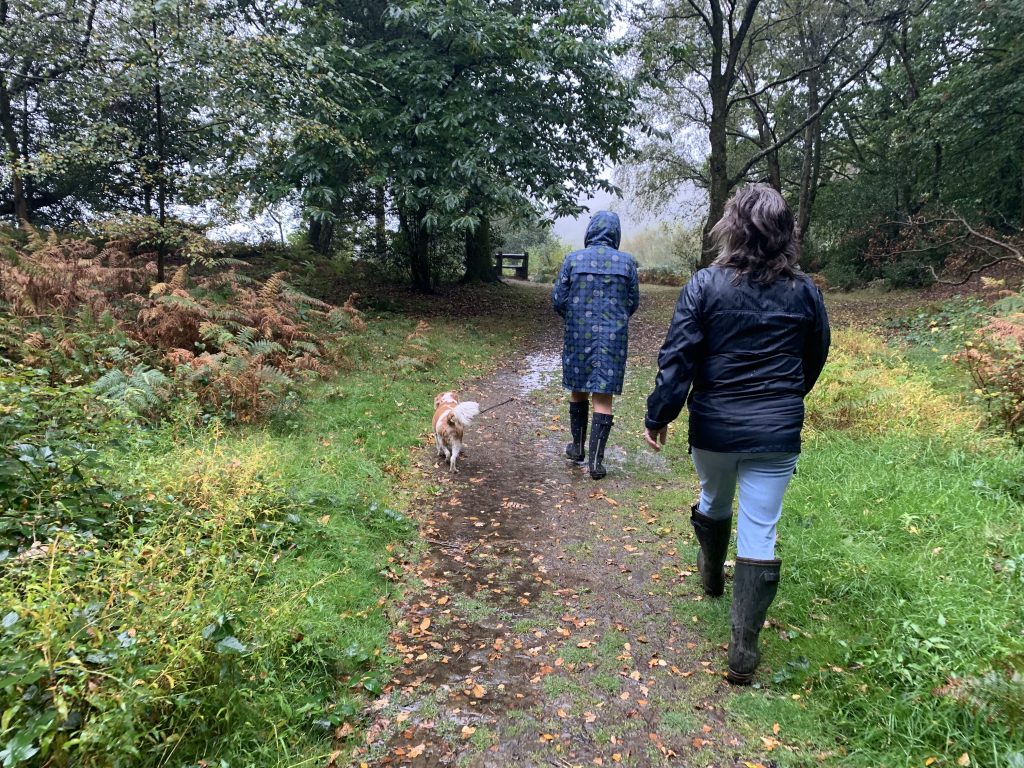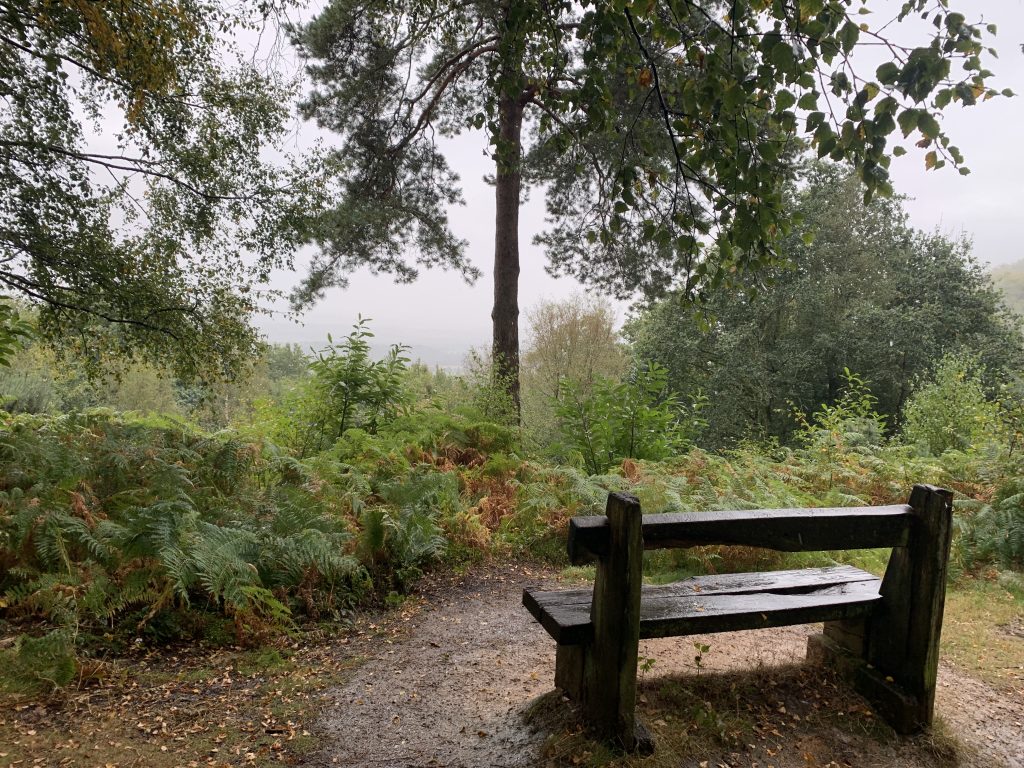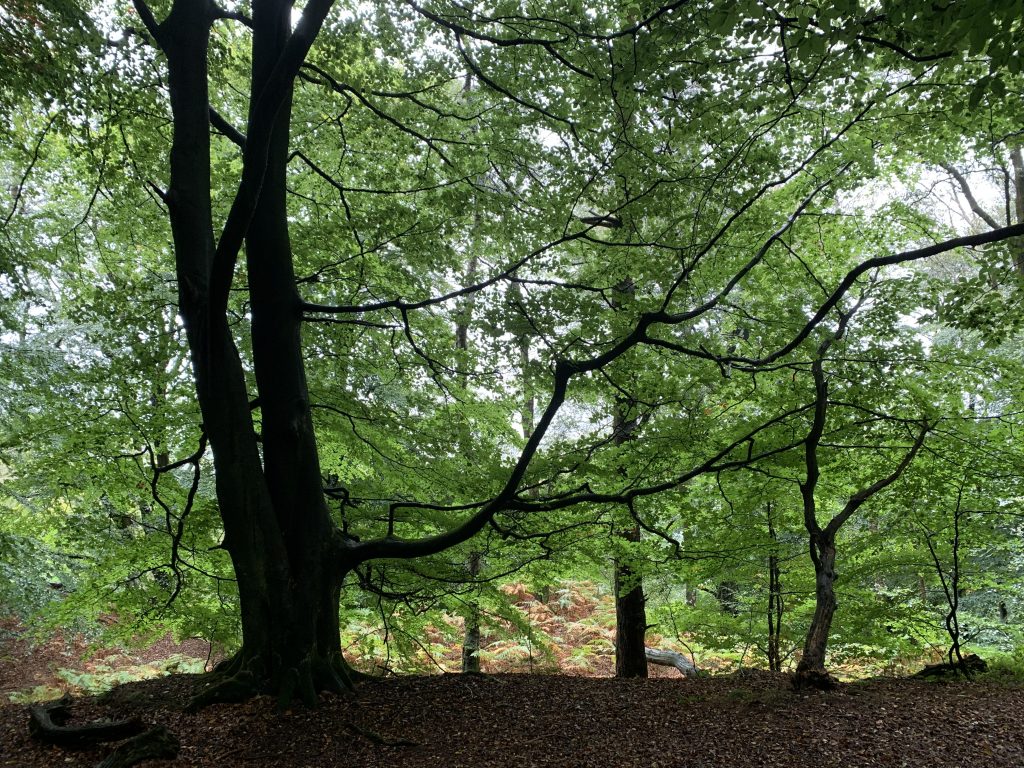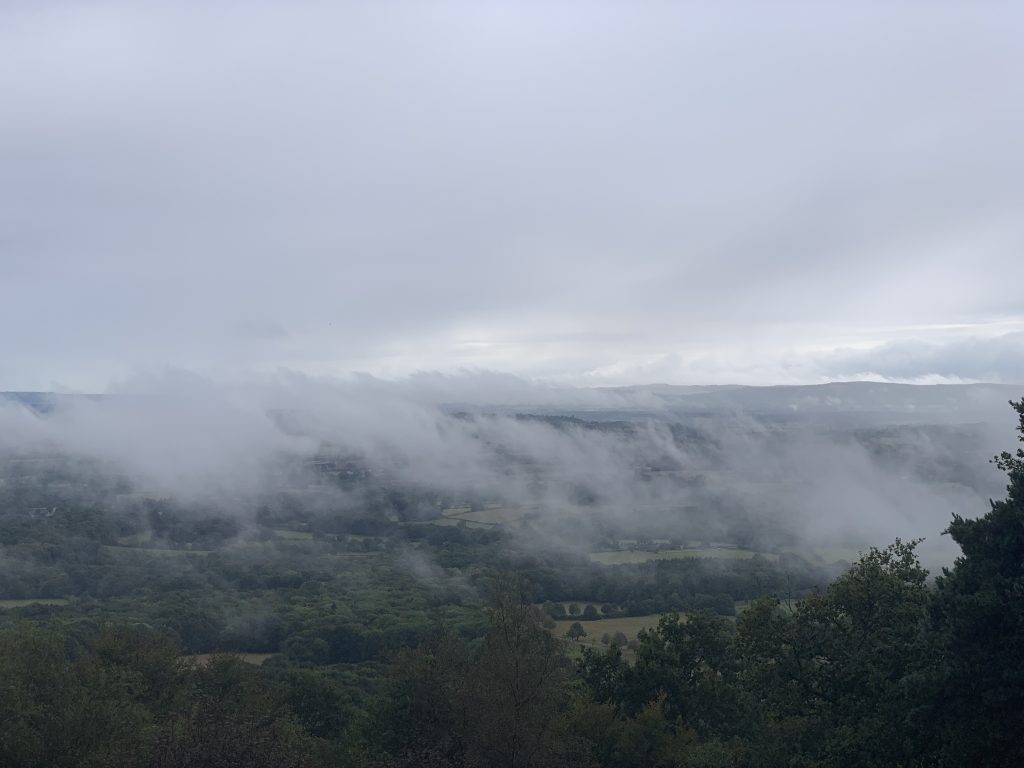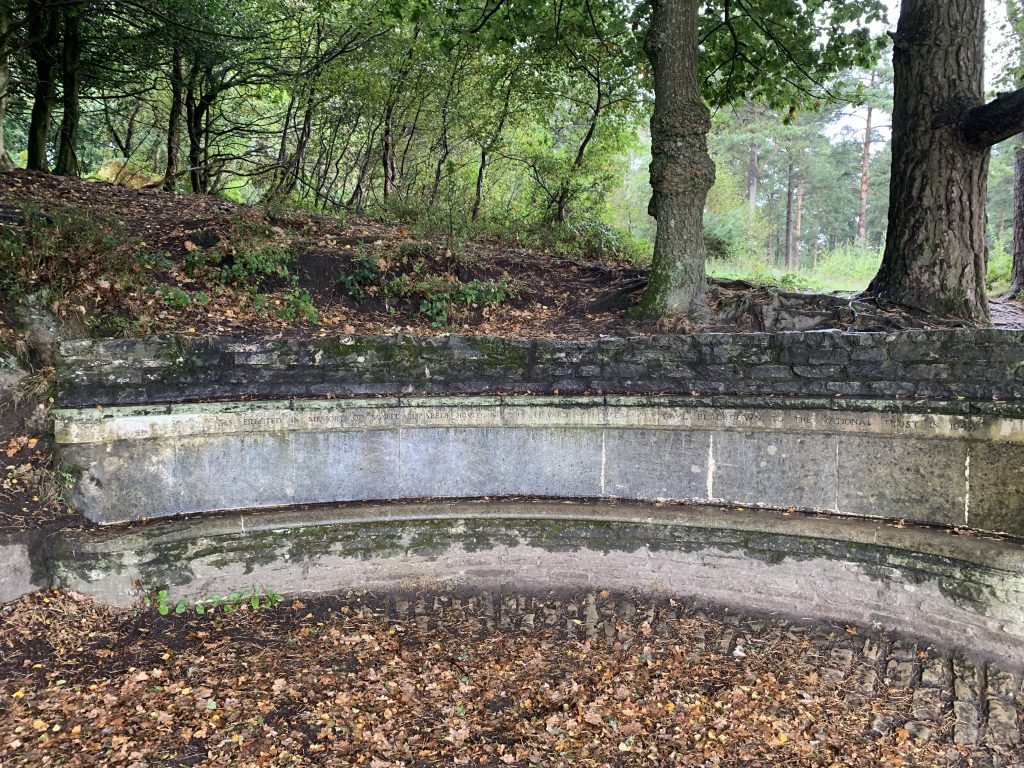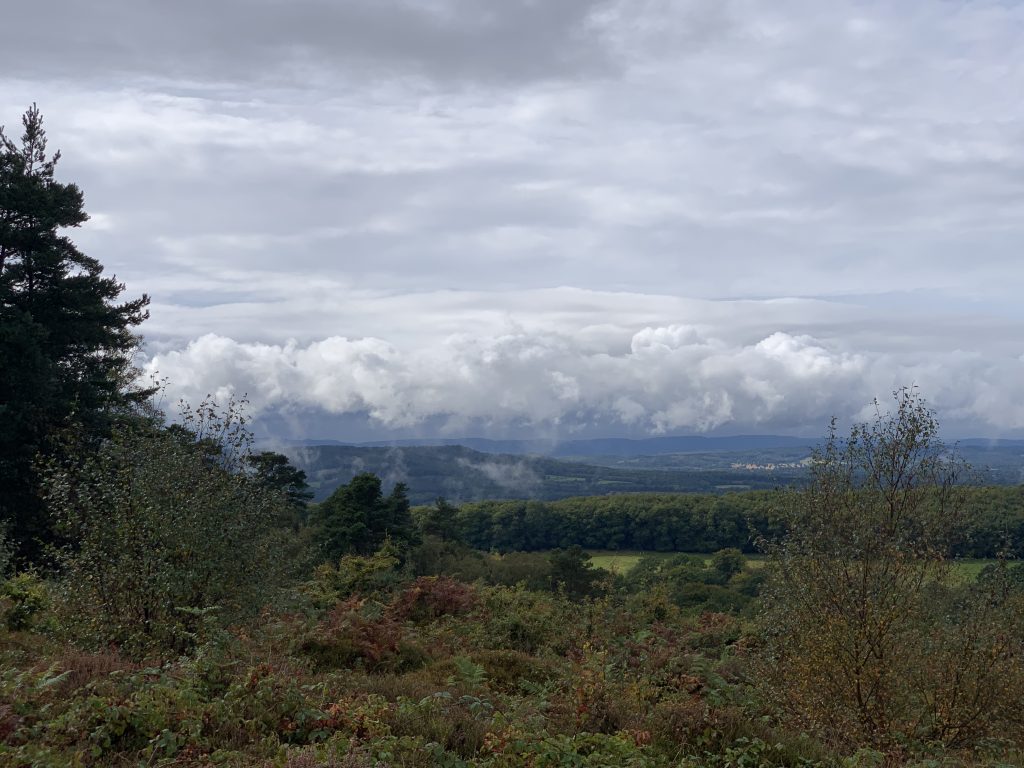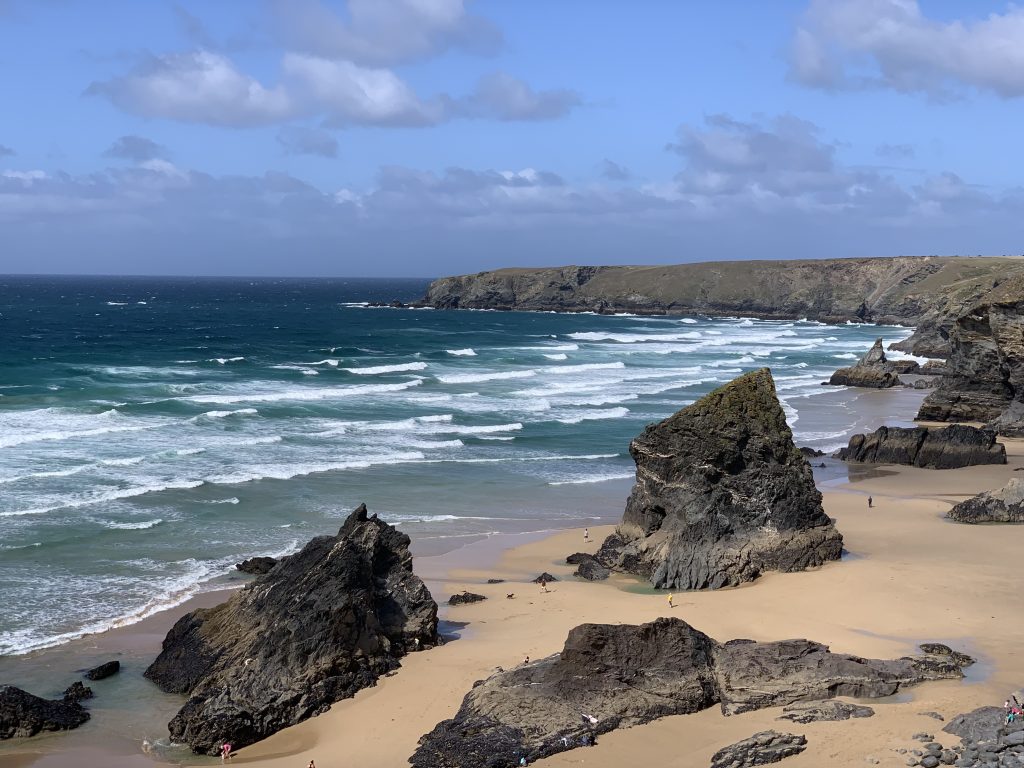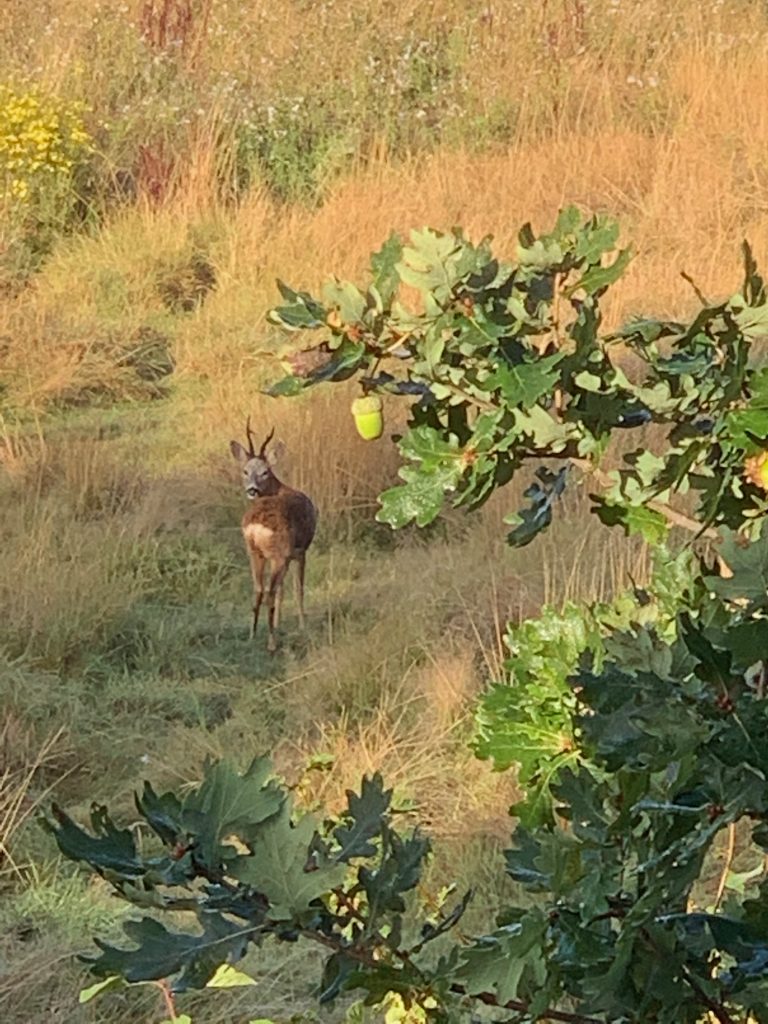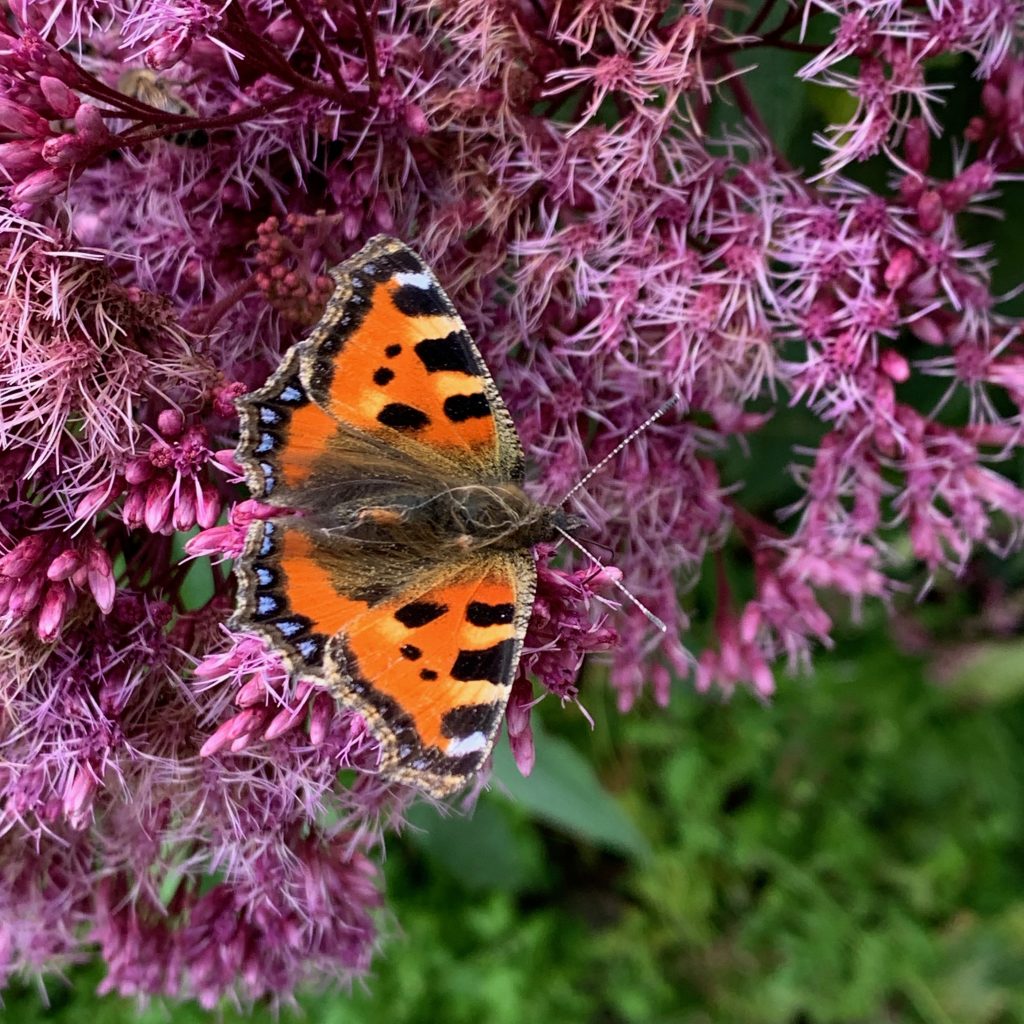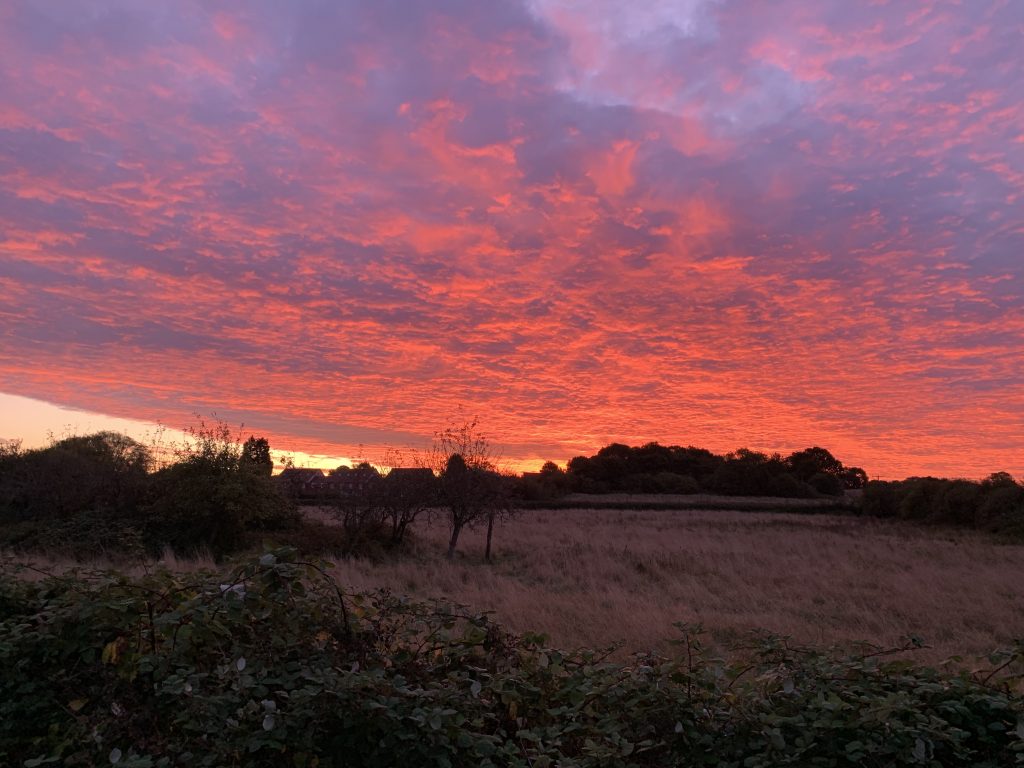I realised the other day that it had been quite a long while since I had written about the progress of my wildlife garden/ reserve. As I thought about this, the news of the latest report on the state of the UKs wildlife was being reported by the mainstream media and although the two different points, my reserve and the state of the country’s wildlife may seem very different, there are connections between the two and some hope to be found. So, with this piece I write a “two in one” , information on my back yard and some of the points raised in the latest report on our wildlife.
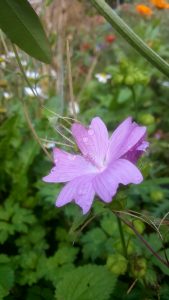
Firstly, the back yard.
The weather over the summer was quite variable, there was no long weeks of sunshine this year and there were quite a few days of overcast and rainy weather. Even with this variable weather the temperatures overall were warm again with some record temperatures being recorded in July. The reserve has shown progress in the variety of flowers that have come in to bloom with over 50 species now being recorded and with these flowers there seemed to be an increase in the variety of insects that have been noted in the area.
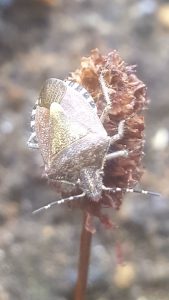

This increase in insects has obviously come from the increase in flowering plants which as we know are vital food sources for many insect groups and not just the obvious groups like bees and butterflies with hoverflies, Hairy Shield-Bug and Bristle Thighed Beetle all being noted.
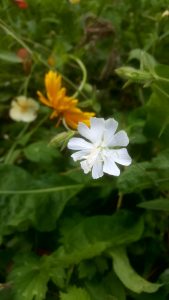
After all these points I’ve made about the insects and the flowers in the reserve I’ve realised that I have not mentioned that the reserve is only getting about 2 hours of direct sunlight each day which will have an effect on how the plants grow and which insects may occur.
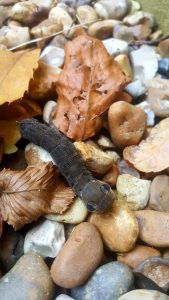
I noted that butterfly activity is at its peak in the sunny couple of hours in the morning and would become less so when the area when shaded. It never seemed to bother Large and Small Whites much and they were ever present from July to September with a few still about in early October.
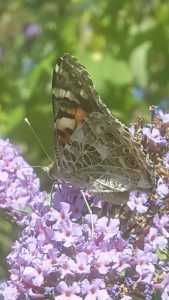
In nature this is common and environments will adapt to availability to the suns and its movement.
As I look at the site now I am making plans for some winter work to increase the sunlight in the area.
Two bird species have increased in breeding numbers quite dramatically over the last 20 years and one of them, the Red Kite, can now be described as common in many parts of the country, including here in Surrey. The reintroduction of this species has led to 1200 breeding pairs present in 2018. They have been greatly aided by various conservation organisations and have even become tourist attractions as some people have started feeding them. The other species I saw had increased was the Bittern, a heron species that needs large reedbeds to breed in but can be found in smaller reedbeds when on wintering grounds. In 1997 there were only 11 calling males heard during the breeding season and the
the Bittern faced extinction for a second time. Conservationists started a scheme to protect, enhance and create habitats that were suitable for breeding Bittern. 20 years on and the UK has its largest Bittern population it has ever recorded with 188 booming male birds being recorded from over 70 different locations nationwide last year and there have been a few locations around Surrey where birds have wintered so how long will it before there’s a big enough reedbed for them to breed in? There’s the clear evidence that if humanity helps our natural world and its inhabitants nature can recover which takes me back round to my reserve/ garden where 18 months ago there was an area of rank overgrown grassland full of old rubbish and now there are many species of wildlife using the area to feed, breed and prosper. If this was done by more people over larger areas of our country and world-wide we may have a chance to repair some the damage that humanity has caused.
Let’s do what we can and see if people worldwide can make a difference politically and physically.
